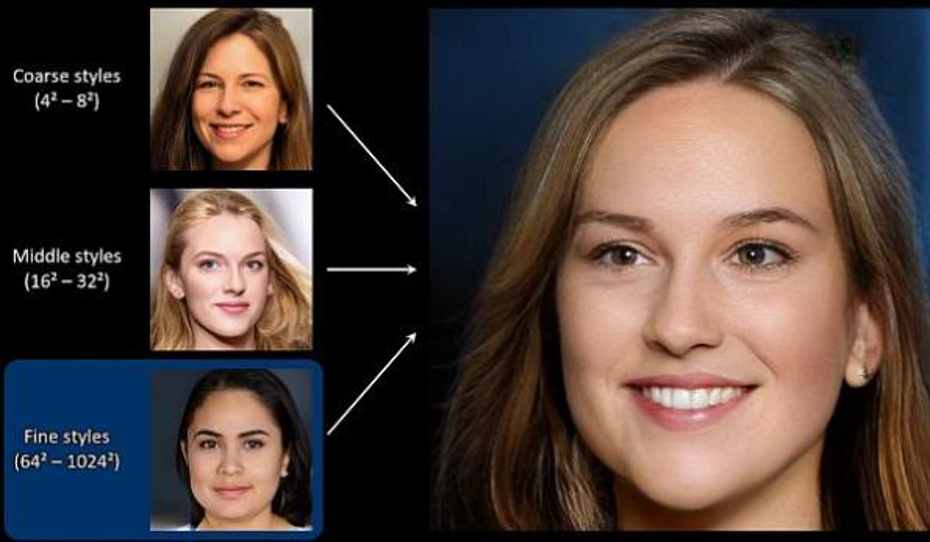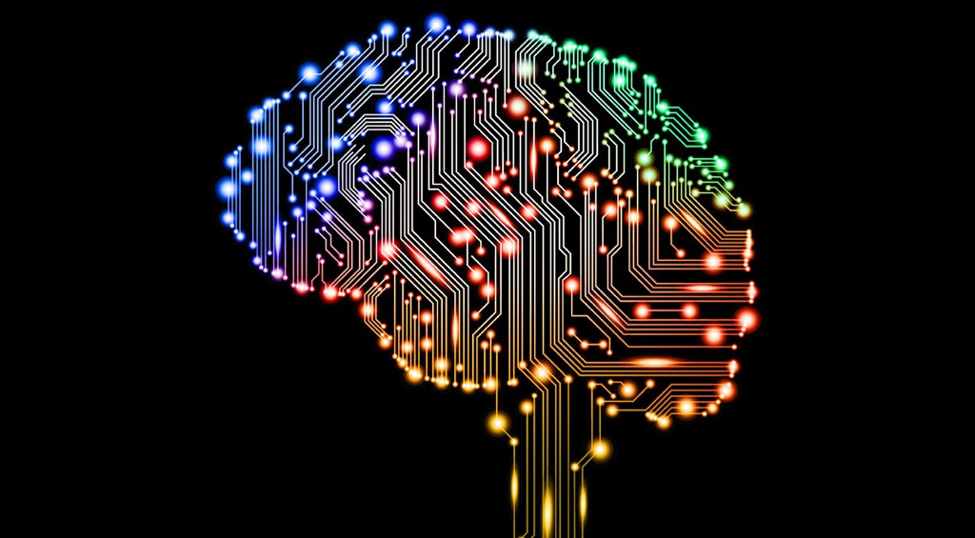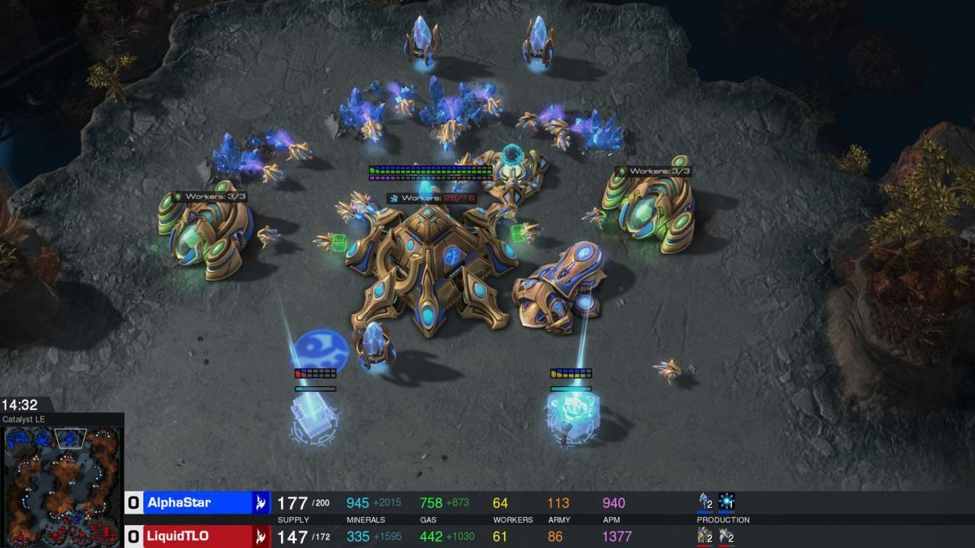In the past decade, Artificial Intelligence has revolutionized the digital world in marvelous ways. Almost every smart appliance uses AI in one way or the other making human life easier and more joyful.
Worldwide spending on artificial intelligence (AI) systems is forecast to reach $35.8 billion in 2019, an increase of 44% over 2018, and to more than double to $79.2 billion in 2022 (IDC). Apple, IBM, Facebook, Google, Amazon are undoubtedly the heavy investors of this year again.
Every year the world witnesses some huge breakthroughs in AI, unleashing the potential of AI in the digital world and setting new benchmarks for the following year. This year was no different in this regard and we have seen some stunning technology making its way to the digital world.
Some of the jaw-dropping technologies of 2019 you don’t want to miss are:
Generative Adversarial Network (GAN)
GAN is a deep neural net architecture that can learn to mimic any distribution of data. It is known as the robot artist that can generate artificial pieces of art, music, speech or prose by impersonating the real data.

In May 2019, Samsung used a GAN based system to produce a full-motion video from a single picture. Researchers in Samsung’s AI lab used it to animate Britney Spears, Neil Patrick Harris, Marilyn Monroe, even the Mona Lisa herself.
GUAGAN is another interesting GAN model of this year, that turns doodle and sketches into stunning photorealistic landscapes.
GAN is one of the greatest breakthroughs for AI this year because of its huge potential. It can be used to generate high-resolution images, text to image synthesis and high-quality videos. It can also play a vital role in strengthening face recognition systems as it has the ability of 3D face reconstruction. GANs are also very useful in the medical field for image analysis, anomaly detection or even for the discovery of new drugs. It has also become a part of online retail sales because of its promising visual content having remarkable accuracy.
Deep Learning
Deep learning is the field of artificial intelligence where machines can learn from experience, acquire skills and do tasks that require human intelligence without the supervision of any human. Deep learning basically involves an artificial neural network algorithm inspired by the human brain.
2019 has been a year of immense growth for deep learning, as we have seen very impressive emerging technologies based on deep learning making. Generative model, reinforcement learning, algorithms used in biomedical research, advancements in Computer-Aided Drug Designing (CADD) and unsupervised text translation all are based on Deep learning.

AI Augmentation
Augmented intelligence is the partnership model of human and AI working together to enhance the efficiency of performance. It includes learning, decision making, new experiences, and many more.
David Benigson, CEO of Signal AI:
“This year we have seen artificial intelligence evolve into augmented intelligence; a technology specifically created to assist enterprise decision-making rather than to replace it. Augmented intelligence drives business results by monitoring and summarizing to create intelligent insights that help surface previously unseen issues.”
According to Gartner, Inc. In 2021, artificial intelligence (AI) augmentation will create $2.9 trillion of business value and 6.2 billion hours of worker productivity globally.
Natural Language Processing (NLP)
NLP is an important component of AI, which enables the computer program to understand the human language as it is spoken and respond intelligently in real-time. NLP is capable of interpreting free text and make it analyzable.
2019 is marked to be the gamechanger in the field of NLP by releasing BERT and ROBERT, the revolutionary model of NLP that is superlative in terms of functioning as compared to conventional NLP models, achieving state-of-the-art performance in General Language Understanding Evaluation (GLUE).
One of the major applications of the NLP model is text classification and categorization. It can also be used to classify if an email is a spam or not. BERT is also now being utilized in many conversational AI applications like a chatbot for customer support.
Reinforcement Learning
Reinforcement learning is the training of machine learning model to make a sequence of decisions in order to chase a goal in a complex environment.
Reinforcement learning remained one of the most important domains of this year. In January 2019, Google DeepMind introduced AlphaStar- an intriguing and unorthodox AI player that played one of the most challenging real-time strategy games Star Craft II using a deep neural network based on supervised and reinforcement learning.

In October, DeepMind announced that AlphaStar has reached the grandmaster level and is beating 99.8% of humans including the top professional players.
Retail Vision
This year has massively revolutionized the brick and mortar store through retail vision, making it an essential part of digital enterprise transformation. Retailers are using Al enabled computer vision to speed up their business operations like data management, store security, shelf management, compliance, employee performance and also for automated payments like in AMAZON GO.
Retailors are also using computer vision for face recognition of customers and for monitoring their purchases. Retailors use these tactics to improve customer experience by offering discounts on the goods that are more likable for the customers, also to make their occasional customers their local customers and for in-store advertisements via smartphones using location data.
Face recognition is also used for sentimental analysis like when the customer is happy, frustrated or delightful and to monitor salesman and customer interaction.
QUANTUM COMPUTING
Quantum computing has taken a quantum leap this year, having its immediate applications in machine learning in AI. It has the capacity to perform even the tedious tasks of AI within nanoseconds that can be achieved through traditional methods.
Google and NASA have just announced that they have achieved ‘quantum supremacy’. Their quantum computer solved a problem in 200 seconds that would take the world’s fastest supercomputer 10,000 years.
Quantum computing as described by Google AI: “is a new paradigm that will play a big role in accelerating tasks for AI. We want to offer researchers and developers access to open source frameworks and computing power that can operate beyond classical capabilities.”
Black Hole Detection
The first image of the black hole revealed to the world by Dr. Katie Bouman and a team of scientists at MIT in APRIL, was generated using a machine learning algorithm known as CHIRP (Continuous High-resolution Image)
Artificial intelligence has taken the world by storm this year, it proved to be a real game-changer, bringing reality to the fantasies we have seen only in sci-fi movies. It is now intertwined in almost every aspect of our life, but we have to be considerate about the ethical dilemmas regarding AI and have to define the extent to which we wan to integrate AI in our lives before it’s too late.
Also Read: Artificial Intelligence is on its way to conquer the art scene

Sabeeka Zafar is a Bioinformatician-to-be with a passion to be a significant part of the great revolution in the near future in the field of Bioinformatics specifically and that of Science generally. Sabeeka is a social activist, enjoys working with people for the betterment of the society and loves to read and to write.

